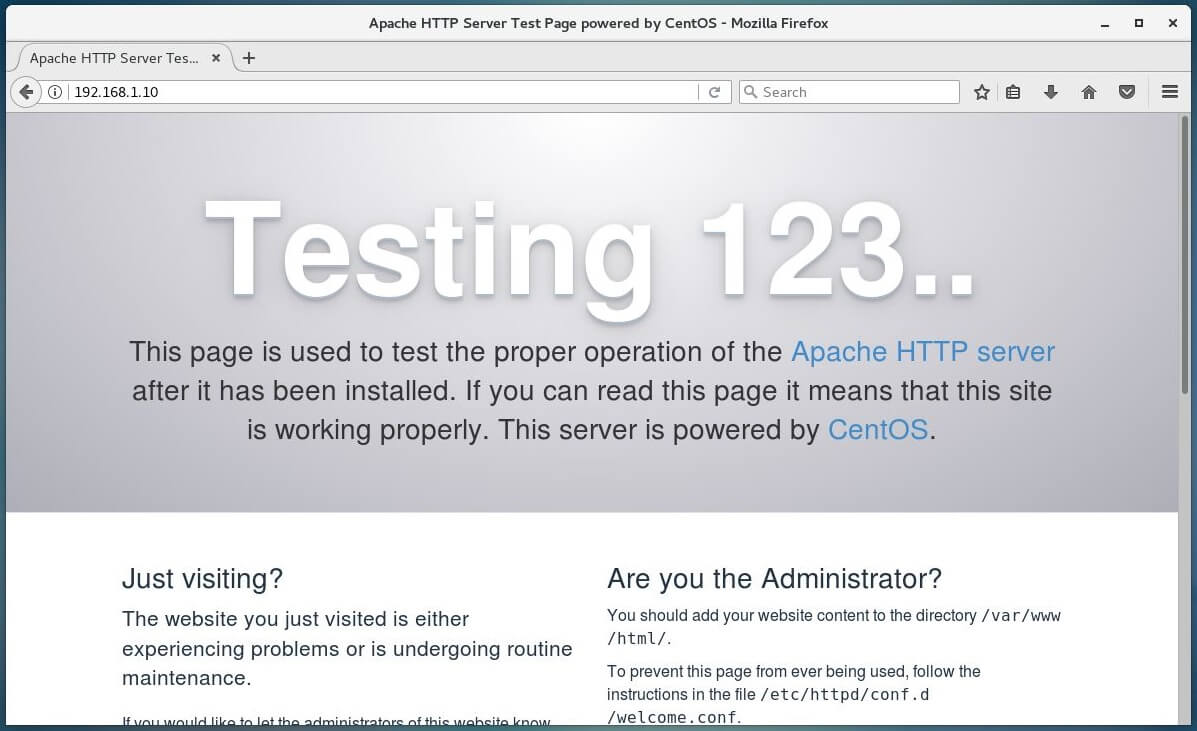

Yum may prompt you to import the MariaDB GPG key: Retrieving key from įingerprint: 1993 69e5 404b d5fc 7d2f e43b cbcb 082a 1bb9 43db Install the MariaDB server and client packages using yum, same as other CentOS package: sudo yum install MariaDB-server MariaDB-client Create a repository file named MariaDB.repo and add the following content: nano /etc//MariaDB.repo name = MariaDB baseurl = gpgkey= gpgcheck=1 The first step is to Enable the MariaDB repository.

To install MariaDB 10.3 on CentOS 7, follow these steps: If you need to install any other version of MariaDB, head over to the MariaDB repositories page, and generate a repository file for a specific MariaDB version. Install MariaDB 10.3 on CentOS 7Īt the time of writing this article, the latest version of MariaDB is version 10.3. It is recommended to answer Y (yes) to all questions. You will be prompted to set up the root user password, remove anonymous user accounts, restrict root user access to the local machine, and remove the test database.The steps are explained in detail. Script which will perform several security related tasks. The output should show that the service is active and running: To verify that the installation was successful, check the MariaDB service status by typing: sudo systemctl status mariadb Once the installation is complete, start the MariaDB service and enable it to start on boot using the following commands: sudo systemctl start mariadb sudo systemctl enable mariadb Press y when prompted to proceed with the installation. Install the MariaDB package using the yum package manager: sudo yum install mariadb-server This is not the latest version though, but it is quite stable.įollow the steps below to install and secure MariaDB 5.5 on CentOS 7: The version of the MariaDB server provided in default CentOS repositories is version 5.5. With the release of CentOS 7, MySQL was replaced with MariaDB as the default database system. It is developed by some of the original developers of the MySQL and by many people in the community. MariaDB is an open source relational database management system, backward compatible, binary drop-in replacement of MySQL.


 0 kommentar(er)
0 kommentar(er)
